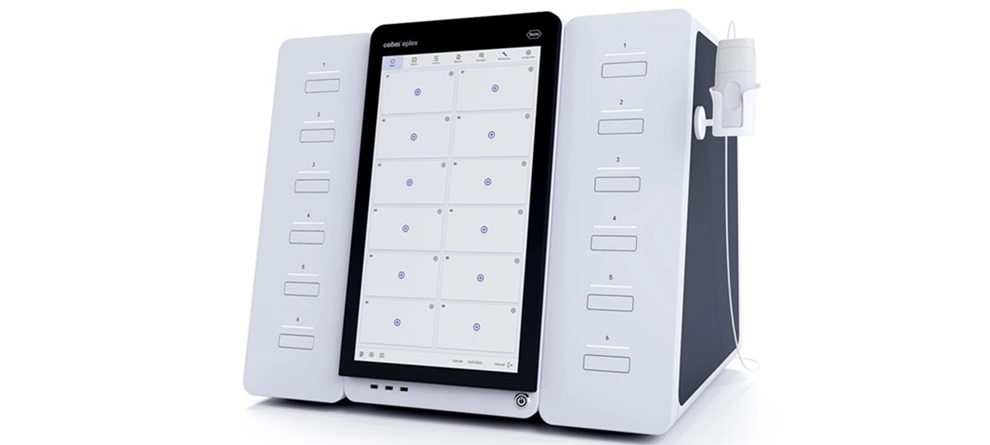LAMP Assay Developed for Trichomoniasis
By LabMedica International staff writers
Posted on 26 Aug 2014
A loop-mediated isothermal amplification (LAMP) assay targeting a repeated DNA species-specific sequence was developed for detection of Trichomonas vaginalis, the causative agent of trichomoniasis.Posted on 26 Aug 2014
The most common laboratory diagnostic tests for T. vaginalis infections include wet-mount microscopy; culture; and, recently, nucleic acid amplification tests (NAATs) using genital swab, urine, or semen samples. Culture is the gold standard for diagnosis of T. vaginalis, although its sensitivity can be as low as microscopy, and requires at least a week of incubation and daily microscopy for optimal performance.

Image: Scanning electron micrograph of a Trichomonas vaginalis trophozoite (Photo courtesy of Dr. Dennis Kunkel).
Parasitologists at the University of the Philippines (Manila, Philippines) collected a total of 16 genital swabs and two urine specimens were from women attending a Reproductive Health and Wellness Center. Mid-log-phase axenic T. vaginalis cultures (107 trichomonads/mL) and 1 mL aliquot of clinical specimens were pelleted by centrifugation. All specimens were examined for the presence of T. vaginalis by polymerase chain reaction (PCR).
LAMP primers specific for T. vaginalis were designed based on the highly repeated two kilo-base pair (2-Kbp) DNA fragment of T. vaginalis. The LAMP products were assessed by gel electrophoresis, assessment of turbidity, and addition of SYBR Safe DNA Gel Stain (Invitrogen, Carlsbad, CA, USA) and visualized under an ultra-violet UV transilluminator (UVP; Upland, CA, USA). An orange-to-pink color change under natural light or a dull to fluorescent signal under UV transilluminator indicated a positive reaction.
Of the 16 genital swab specimens, 15 were negative by PCR, and the two urine specimens were also negative. All negative samples were pooled and used for spiking in the analytical sensitivity evaluation. In spiked genital swab samples, the results indicate that the detection limit of the LAMP method was 100 trichomonads/mL or one trichomonad either by gel electrophoresis, turbidity, or addition of SYBR Safe, while the detection limit of PCR was 103 trichomonads/mL or 1,000 trichomonads. The T. vaginalis LAMP exhibited no cross-reactivity with DNA extracts from closely-related trichomonads, Trichomonas tenax and Pentatrichomonas hominis, and other enteric and urogenital microorganisms, Entamoeba histolytica, Candida albicans, Escherichia coli, Pseudomonas aeruginosa, and Staphylococcus aureus.
The authors concluded that the T. vaginalis LAMP assay developed was simple, rapid, sensitive, and specific method for the detection of trichomoniasis, the most common curable sexually transmitted infection. This efficient and cost-effective NAAT has a great potential application for accurate diagnosis and large-scale surveillance, screening, and control of trichomoniasis in point-of-care and resource-limited settings. The study was published in the July 2014 issue of the journal Diagnostic Microbiology and Infectious Disease.
Related Links:
University of the Philippines
Invitrogen
UVP













